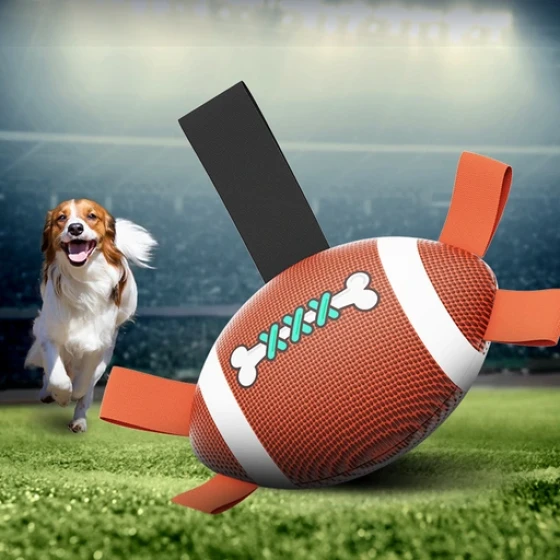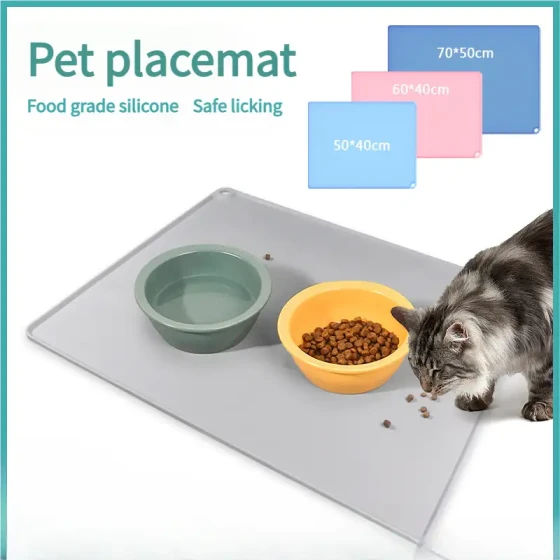How to Feed Golden Retrievers More Scientifically

Golden Retriever (Detailed Introduction)
As a representative of friendly, enthusiastic, patient, and alert dogs with strong obedience, Golden Retrievers are increasingly popular. Although Golden Retrievers are not difficult to raise, how to feed scientifically for a better life still deserves our attention.
1. Puppy Stage
Generally, from birth to weaning, puppies are fully taken care of by the mother dog, so we don’t need to worry too much. We just need to ensure a good living environment that is ventilated, warm, and quiet.
However, if the mother’s milk is insufficient or absent, we must take on the feeding responsibility. When feeding unweaned puppies, try to choose specialized dog milk powder or goat milk instead of regular cow’s milk, because cow’s milk has a high lactose content and dogs have less lactase (many dogs are lactose intolerant). Feeding cow’s milk can easily cause bloating and diarrhea, which if severe may lead to dehydration and threaten life. If specialized dog milk powder is temporarily unavailable, human infant lactose-free formula can be used as a substitute. Feeding intervals are generally controlled as: birth to 7 days old, once every 2 hours; 8 to 15 days old, once every 3 hours; 16 to 20 days old, once every 4 hours; 20 to 25 days old, once every 5 hours with two extra feedings daily of softened puppy milk cereal; 25 to 40 days old, once every 6 hours with one feeding of softened milk cereal between milk feedings; after 40 days old, weaned, fed softened milk cereal or specialized puppy food. Generally, around three months old, dry dog food can be fed.
Be aware:
1. There is no strict requirement on the amount when bottle feeding; feed until the puppy refuses to suckle. The quantity is small at first and increases gradually as the puppy grows and feeding intervals lengthen.
2. Like human babies, puppies may spit up milk. Don’t worry too much. After feeding, hold the puppy with its head up and tail down and gently pat its back to help it burp the swallowed air during suckling.
3. When fully feeding dry food: from 3 to 6 months, feed three times a day; from 6 months to adulthood, twice daily. Feed each meal to completion and remove leftovers promptly. If your dog becomes overweight, reduce each meal’s amount appropriately.
4. When choosing dog food, try to select puppy food specifically for Golden Retrievers. You may add 1-2 cooked egg yolks daily and include seaweed powder, calcium powder, etc., in the food.
2. Adult Stage
Golden Retrievers around one year old are considered adults. At this point, switch to adult dog food, preferably specialized Golden Retriever adult food, feeding twice daily. The dog’s digestive and absorptive abilities are fully developed, so there is less concern. Egg yolk, seaweed powder, calcium powder, etc., can still be added to the food.
3. Breeding Stage
Due to high nutritional requirements during breeding, the usual feeding pattern cannot continue.
In early pregnancy, i.e., before one month of gestation, feeding can continue as usual, but some females may lose appetite. Increase palatability of the food.
In mid to late pregnancy, switch to special food for pregnant dogs. Because the fetus develops rapidly and the mother’s nutritional consumption is huge, increase feeding frequency to small, frequent meals and add calcium, vitamins, etc.
During lactation, use special food for nursing dogs, maintain the mid-to-late pregnancy feeding frequency, and add calcium and vitamins.
Additionally, strictly control the quality of dog food during pregnancy. Never feed moldy or spoiled food. Replace drinking water with warm water.
4. Senior Stage
At about 8 years old, Golden Retrievers enter the senior stage. At this time, physical indicators decline, and digestion and absorption functions degrade. Therefore, switch to specialized senior dog food. If digestive problems occur, soak the dog food before feeding and pay attention to calcium supplementation.





